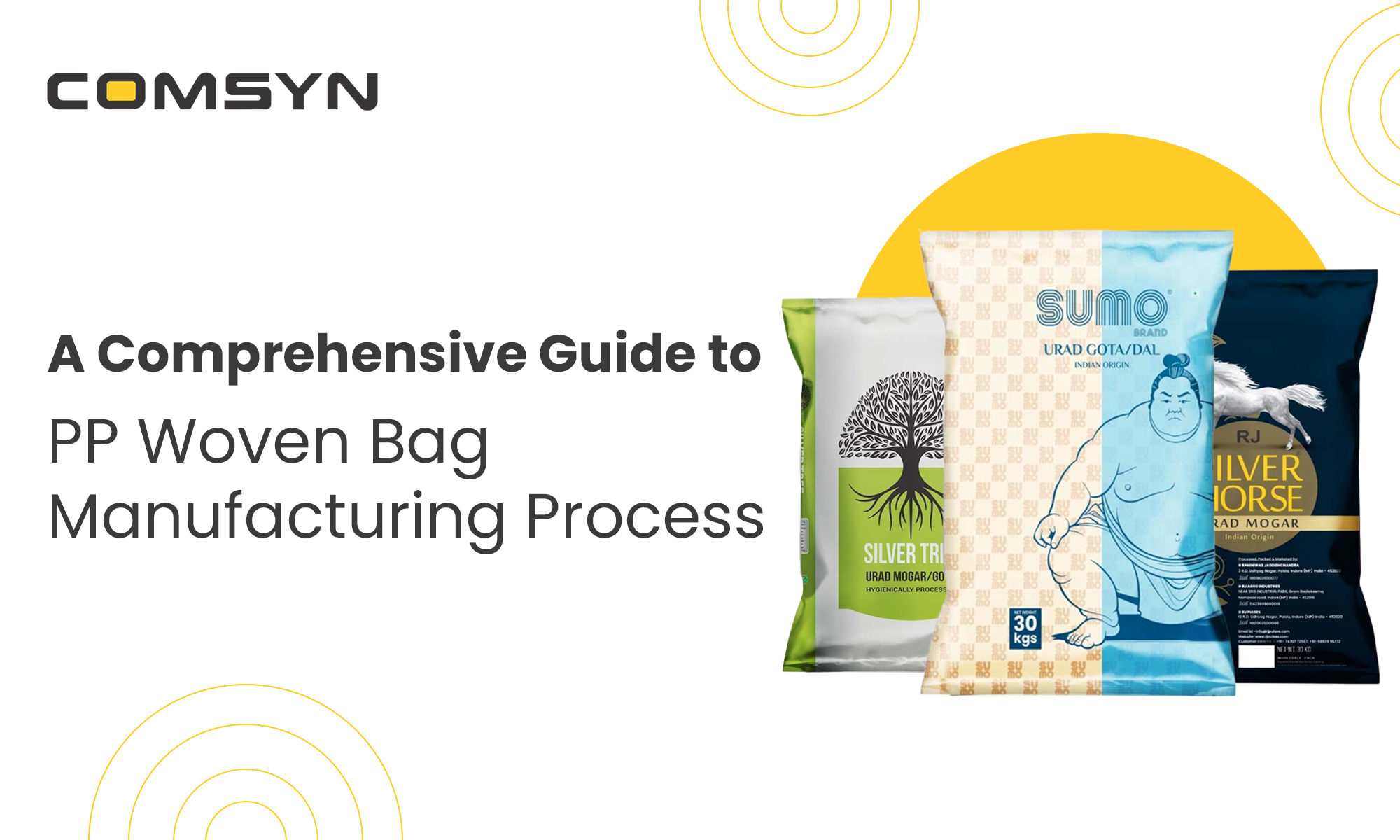These bags are among the most essential products, more commonly known as polypropylene woven bags, used in many industries worldwide. These bags can serve to carry goods like grains, fertilizers, and chemicals since they are resistant to wear and tear and strong, besides being economical. Due to these reasons, PP woven bags find wide applicability in various industries like agriculture, building, construction, and retail, thus gaining importance as essential products in most trades and logistics globally. The detailed process of manufacturing PP woven bags extends an understanding for the industry players regarding ensuring quality and sustainability in their product offerings. A well-managed manufacturing process will ensure that the final product meets the demands of industrial applications while having a minimum environmental impact. This places companies like Comsyn, leading this industry, at an edge as they adopt advanced technologies and innovative practices to streamline production while enhancing quality and sustainability. PP woven bags manufacturing process is a multi-stage operation that involves several key steps. Each stage of the process is very important in ensuring that the final product is strong, reliable, and suitable for the intended application. Understanding the steps allows a manufacturer to have optimum production of high-quality PP woven bags in an efficient manner. The major difference between woven and non-woven PP bags involves the method of construction. PP woven bags are manufactured by interweaving threads to make a fabric that is strong and durable, while PP non-woven bags manufacturing process includes bonding fibers together. This results in a fabric that is lightweight and generally more flexible. Quality control is also a very important aspect of the entire manufacturing process of PP woven bags. Each bag must be passed through a very stringent quality criterion concerning retaining its integrity as well as bringing satisfaction to the customer. This may include a routine check along all levels of production, right from extruding polypropylene threads into long strings down to stitching and printing the bags. Comsyn had strict quality control over the whole course of the PP woven bag manufacturing process. Due to the strict quality standards, each woven PP bag was durable, reliable, and fit for its designated purpose. Finding a reliable PP woven bag supplier is crucial for industries that require durability and consistency. Comsyn ensures high-quality manufacturing by following stringent quality control measures at every stage. With expertise in catering to agriculture, construction, and retail sectors, their PP woven bags are designed for strength and long-term use. Beyond quality, timely supply and production flexibility are essential for meeting industry demands. Comsyn’s advanced manufacturing techniques allow for scalable production, whether for laminated or unlaminated PP woven bags. With a commitment to sustainability, they also integrate eco-friendly practices, making their solutions both reliable and responsible. The manufacturing of PP-woven bags is a complex and multi-faceted operation; management requires care, and in every respect, details are required in depth. It ranges from the procurement of raw materials to weaving the fabric itself and completing the bags, every step contributing to ensuring the quality and durability of the product. Looking into the future, one can’t overemphasize that sustainability and innovation are crucial for improving the manufacturing process of PP-woven bags. Using novel technologies and following strict quality standards, manufacturers like Comsyn set a trend for years to come and made PP-woven bags economically feasible and environmentally friendly. If you are looking for a high-quality PP woven bag manufacturing process according to your industrial requirements, visit Comsyn today for your needs with great accuracy and reliability.A Comprehensive Guide to the PP Woven Bag Manufacturing Process

Understanding the Manufacturing Process of PP Woven Bags
Differences Between Woven and Non-Woven PP Bags
Quality Control in the Manufacturing Process of PP Woven Bags
Key quality control measures include:
Need a reliable on-demand PP woven bag supplier?
Conclusion
- About Us
- Products
- Markets Served
-
- Investor Relation
- Board Of Directors
- Committees Of Board
- Corporate Governance
- Financials
- Annual Report
- Key Managerial Positions
- Shareholding Pattern
- Notices
- Policies Programme
- Announcements
- Statement of Investor Complaints
- Unpaid & Unclaimed Dividend
- Prospectus
- Investors Contact
- Subsidiary Financials
- IEPF
- Preferential Issue – 2024
- MOA & AOA
- Integrated Filing
- Sustainability
- Contact Us
- TechTex
- Brochure

